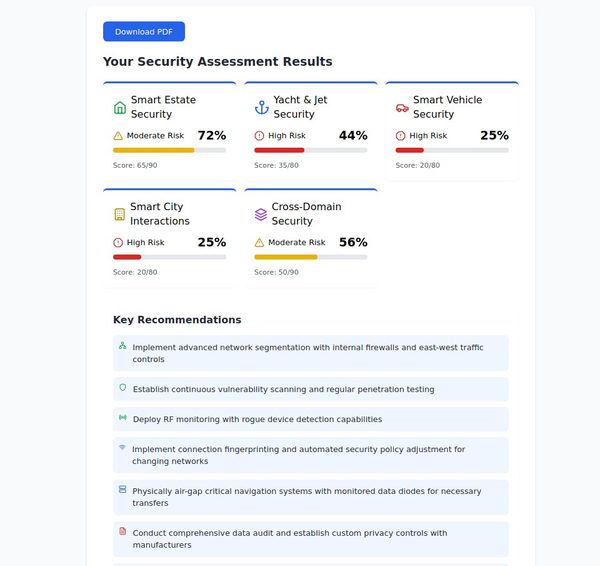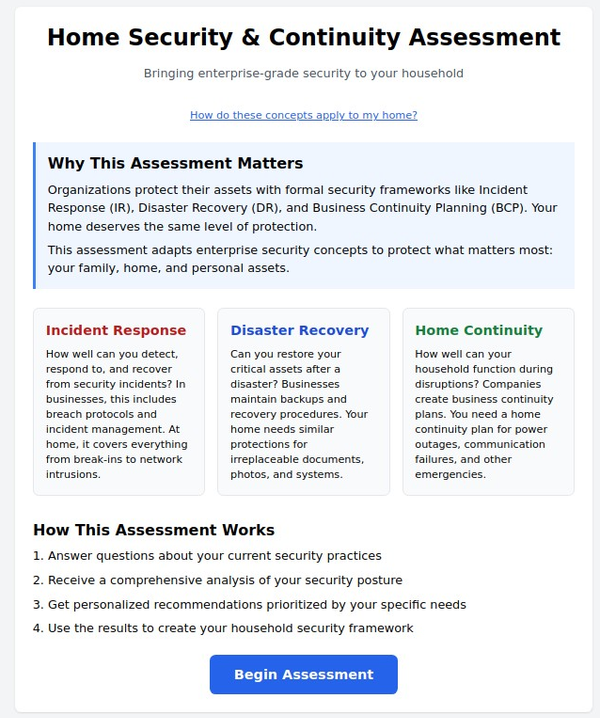Protecting Your Home and Neighborhood During Civil Unrest: A Guide for Homeowners

In times of civil unrest, ensuring the safety and security of your home and neighborhood becomes a top priority. Whether you live in a traditional home or a smart house equipped with the latest technology, there are several measures you can take to protect your property and community. Here’s a comprehensive guide to help you prepare and respond effectively:
Home Security Measures
- Install a Security System: Invest in a robust home security system that includes alarms, cameras, and motion detectors. Smart systems can send real-time alerts to your smartphone, allowing you to monitor your property remotely.
- Secure Entry Points: Reinforce doors and windows with high-quality locks and shatterproof glass. Consider installing security bars or grilles for added protection.
- Exterior Lighting: Use motion-activated lights around your property to deter potential intruders. Well-lit areas are less attractive to those with malicious intent.
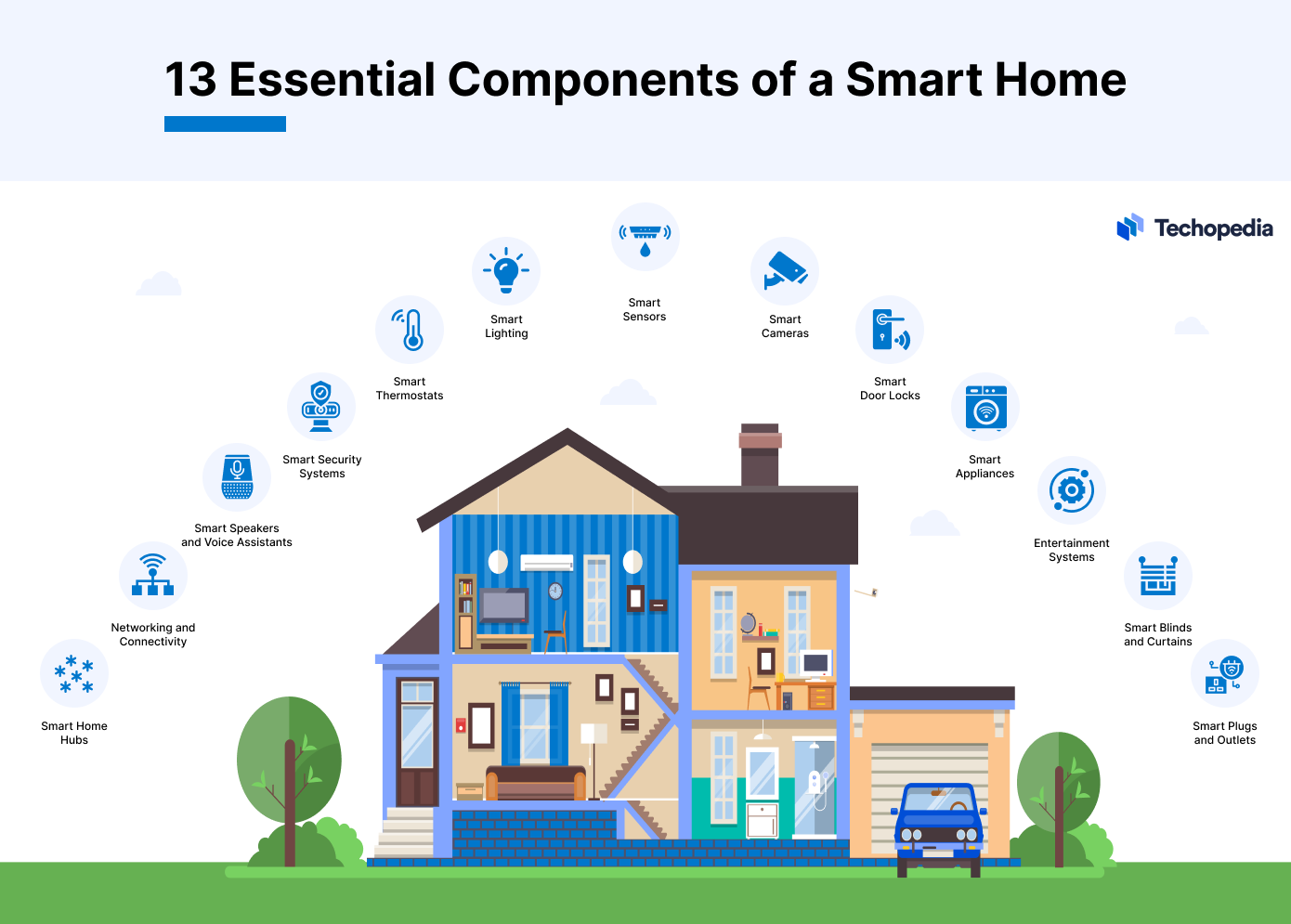
Smart Home Enhancements
- Smart Cameras and Doorbells: Equip your home with smart cameras and doorbells that provide live video feeds and allow for two-way communication. This can help you identify visitors and monitor any suspicious activity.
- Automated Lighting: Use smart lighting to simulate occupancy when you’re away. Setting lights to turn on and off at random intervals can give the appearance that someone is home.
- Remote Access Control: Utilize smart locks to control access to your home remotely. This allows you to lock or unlock doors from your smartphone, ensuring that only trusted individuals can enter.
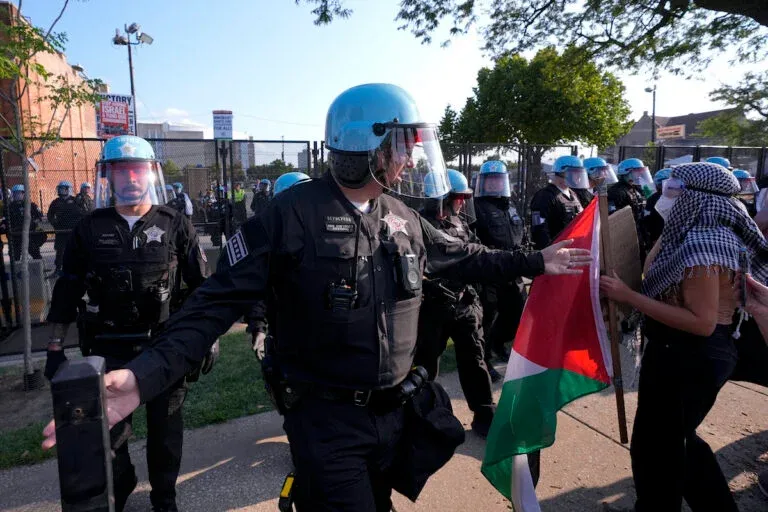


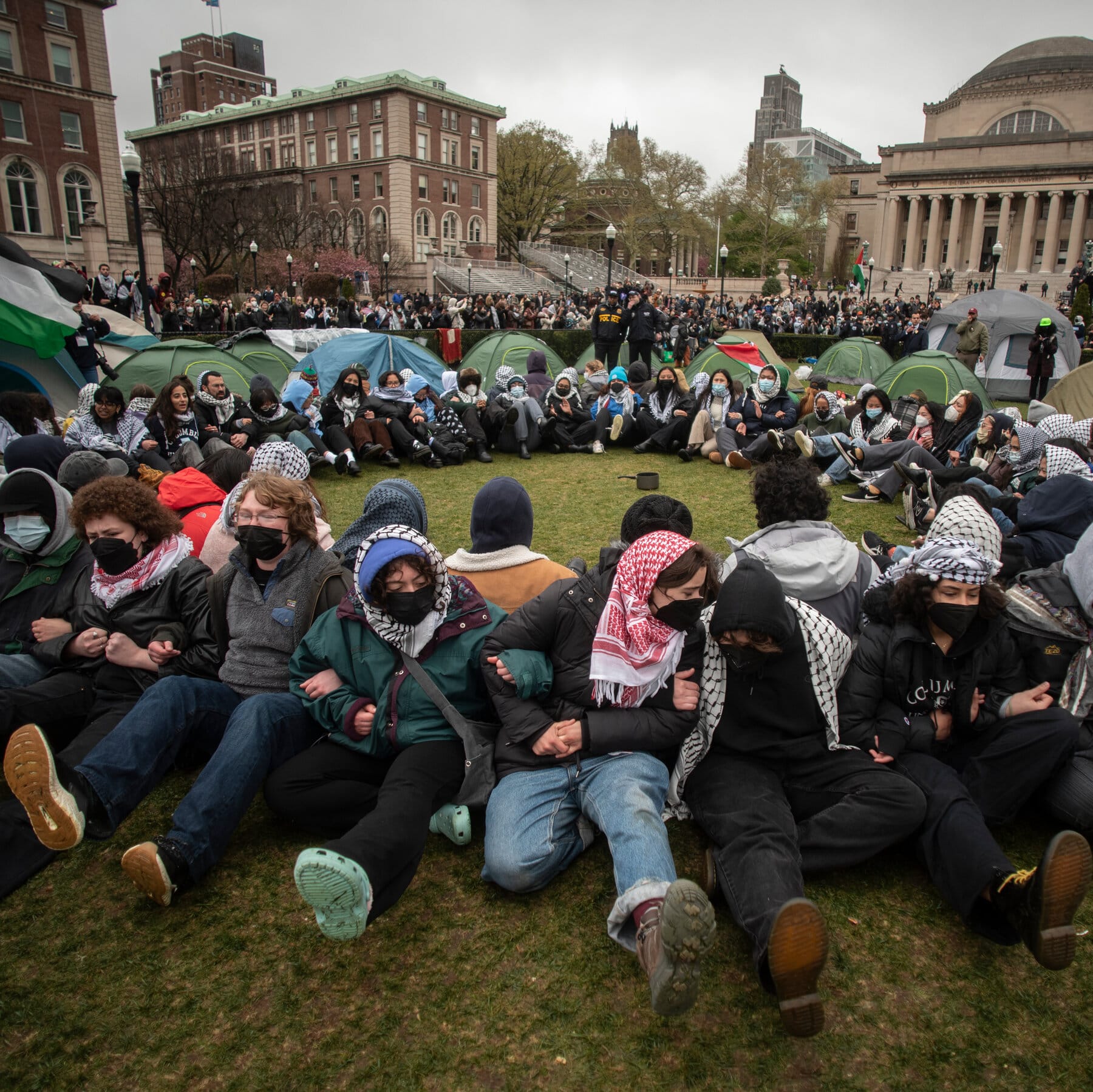


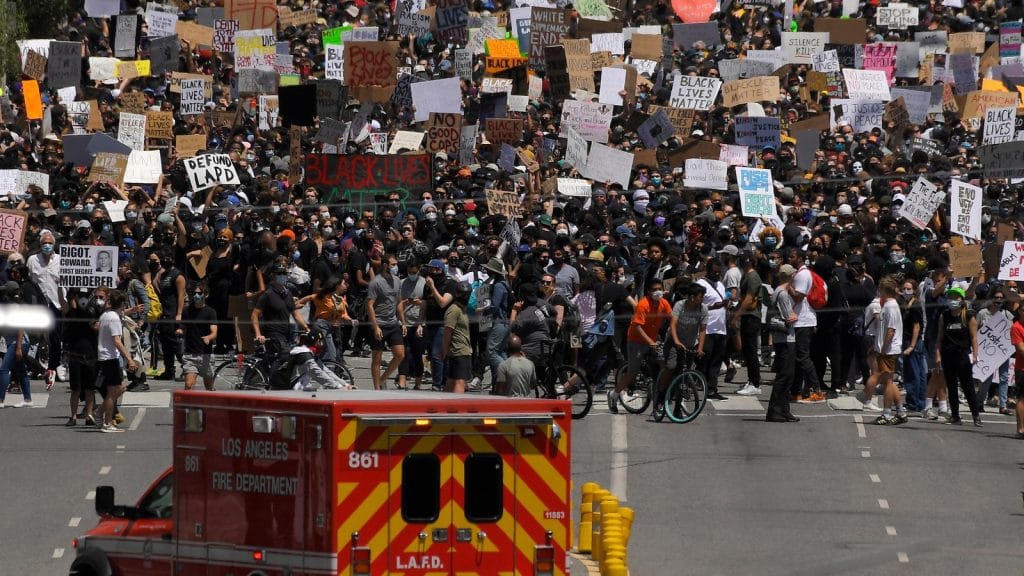
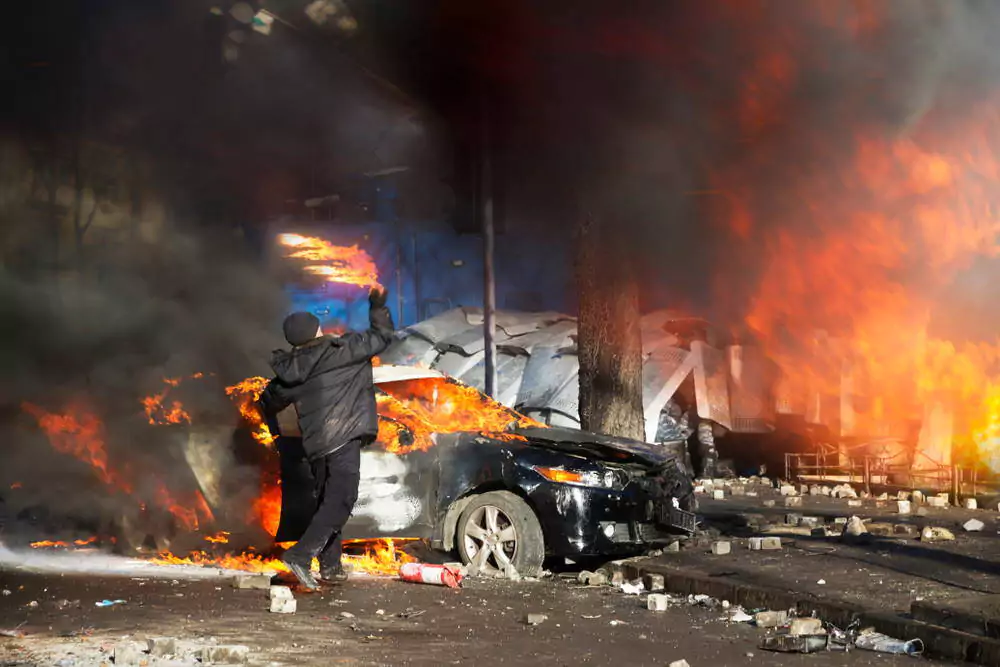
Neighborhood Collaboration
Ensuring the safety and security of your neighborhood is crucial, especially during times of potential unrest or emergency situations. By fostering community collaboration and leveraging modern technology, you can create a safer environment for everyone. Here are some strategies to help protect your neighborhood:
1. Establish a Neighborhood Watch Program
- Collaborate with Law Enforcement: Work closely with local police or sheriff’s offices to establish credibility and receive necessary training and information.
2. Leverage Technology for a Virtual Neighborhood Watch
- Use Mobile Apps: Utilize apps like Nextdoor and Citizen to share safety updates, report incidents, and connect with neighbors and law enforcement in real-time.
- Social Media Engagement: Create dedicated online communities on platforms like Facebook to facilitate information sharing and raise awareness about safety concerns.
- Real-Time Alerts: Encourage residents to use apps that provide real-time alerts and notifications about suspicious activities or emergencies in the area.
3. Develop a Neighborhood Emergency Preparedness Plan
- Map Your Neighborhood: Identify potential hazards and resources within a one- to three-mile radius, such as industrial sites or emergency services.
- Designate Meeting Spots: Establish safe meeting locations within and outside the neighborhood for residents to gather during emergencies.
- Create a Communication Plan: Develop a system for quick communication among neighbors, using texts, emails, or phone calls to disseminate information rapidly.
4. Foster Community Engagement and Collaboration
- Host Social Events: Organize events like potluck dinners to build relationships among neighbors, which can enhance trust and cooperation during emergencies.
- Assign Roles and Responsibilities: Identify neighbors with skills that could be useful in emergencies, such as first aid, counseling, or technical expertise, and assign roles accordingly.
- Conduct Training and Drills: Regularly practice emergency procedures to ensure everyone knows their role and can respond effectively in a crisis.
5. Enhance Physical Security Measures
- Improve Lighting and Visibility: Ensure streets and public spaces are well-lit to deter criminal activities. Encourage residents to install motion-activated lights on their properties.
- Encourage Reporting: Promote a culture of vigilance where residents feel comfortable reporting suspicious activities to law enforcement and neighborhood watch groups.
By implementing these strategies, you can significantly enhance the safety and security of your neighborhood, creating a resilient community prepared to handle potential threats and emergencies. The key lies in collaboration, communication, and proactive planning.
- Organize Regular Meetings: Hold meetings to discuss safety concerns, share information, and plan strategies. This helps residents get to know each other and fosters a sense of community.
- Recruit Volunteers: Encourage participation by canvassing door-to-door and involving local organizations like citizens' associations or housing authorities.

Emergency Preparedness Configurations for Civil Unrest vs. Natural Disasters
Preparing for emergencies, whether due to civil unrest or natural disasters, requires tailored strategies to address the unique challenges posed by each situation. Here are some configurations and considerations to help you prepare effectively:
Civil Unrest Preparedness
1. Situational Awareness and Planning
- Stay Informed: Monitor news and social media for updates on potential unrest. Be aware of planned protests or demonstrations in your area.
- Avoid Hotspots: Plan routes to avoid areas known for unrest. Have multiple evacuation routes ready in case primary roads are blocked.
- Community Coordination: Engage with neighborhood watch programs and local law enforcement to stay informed and coordinate responses.
2. Home and Personal Safety
- Secure Your Property: Reinforce doors and windows. Consider installing security cameras and motion-activated lights.
- Emergency Kit: Prepare a kit with essentials such as water, food, medications, and first-aid supplies. Include items specific to civil unrest, like protective gear.
- Communication Plan: Establish a communication plan with family and neighbors. Use apps or social media groups to share real-time updates.
3. Business Continuity
- Remote Work: If possible, transition to remote work to keep employees safe. Ensure all necessary technology and communication tools are in place.
- Insurance Review: Check your insurance policies for coverage related to civil unrest, including property damage and business interruption.
Natural Disaster Preparedness
1. Risk Assessment and Planning
- Understand Local Risks: Identify the natural disasters most likely to affect your area, such as floods, hurricanes, or earthquakes.
- Evacuation Routes: Plan and practice evacuation routes. Know the locations of local shelters and emergency services.
- Community Resources: Familiarize yourself with community warning systems and resources available during disasters.
2. Home and Property Protection
- Structural Reinforcements: Install storm shutters, secure heavy furniture, and reinforce roofs and walls against high winds or earthquakes.
- Backup Power: Invest in generators or solar panels to ensure power supply during outages.
- Water and Food Supply: Store sufficient water and non-perishable food to last at least 72 hours.
3. Health and Safety
- Emergency Kit: Assemble a comprehensive emergency kit with food, water, medications, and important documents. Include items like flashlights, batteries, and a radio.
- Medical Preparedness: Ensure you have a first-aid kit and know basic first-aid procedures. Consider special needs for family members with medical conditions.
Common Strategies for Both Scenarios
- Communication Plans: Establish clear communication methods with family members, including designated meeting points and emergency contacts.
- Regular Drills: Practice emergency plans regularly to ensure everyone knows their roles and actions to take during an emergency.
- Insurance and Documentation: Keep important documents, such as insurance policies and identification, in a safe and accessible location.
By tailoring your preparedness plans to the specific threats posed by civil unrest and natural disasters, you can enhance your resilience and ensure the safety of your family and property. Regular review and practice of these plans will help you respond effectively when emergencies arise.

General Safety Tips
- Stay Informed: Keep up with local news and alerts to stay aware of any developments in your area. Knowledge of the situation allows you to make informed decisions about your safety.
- Avoid Confrontations: If unrest occurs near your home, avoid engaging with protesters or agitators. Focus on securing your property and ensuring the safety of your family.
- Maintain a Low Profile: During periods of unrest, it’s wise to avoid drawing unnecessary attention to your home. Keep valuables out of sight and minimize outdoor activities.
By implementing these strategies, homeowners can enhance the security of their homes and contribute to the safety of their neighborhoods during times of civil unrest. Proactive measures and community cooperation are key to protecting your property and ensuring peace of mind.





